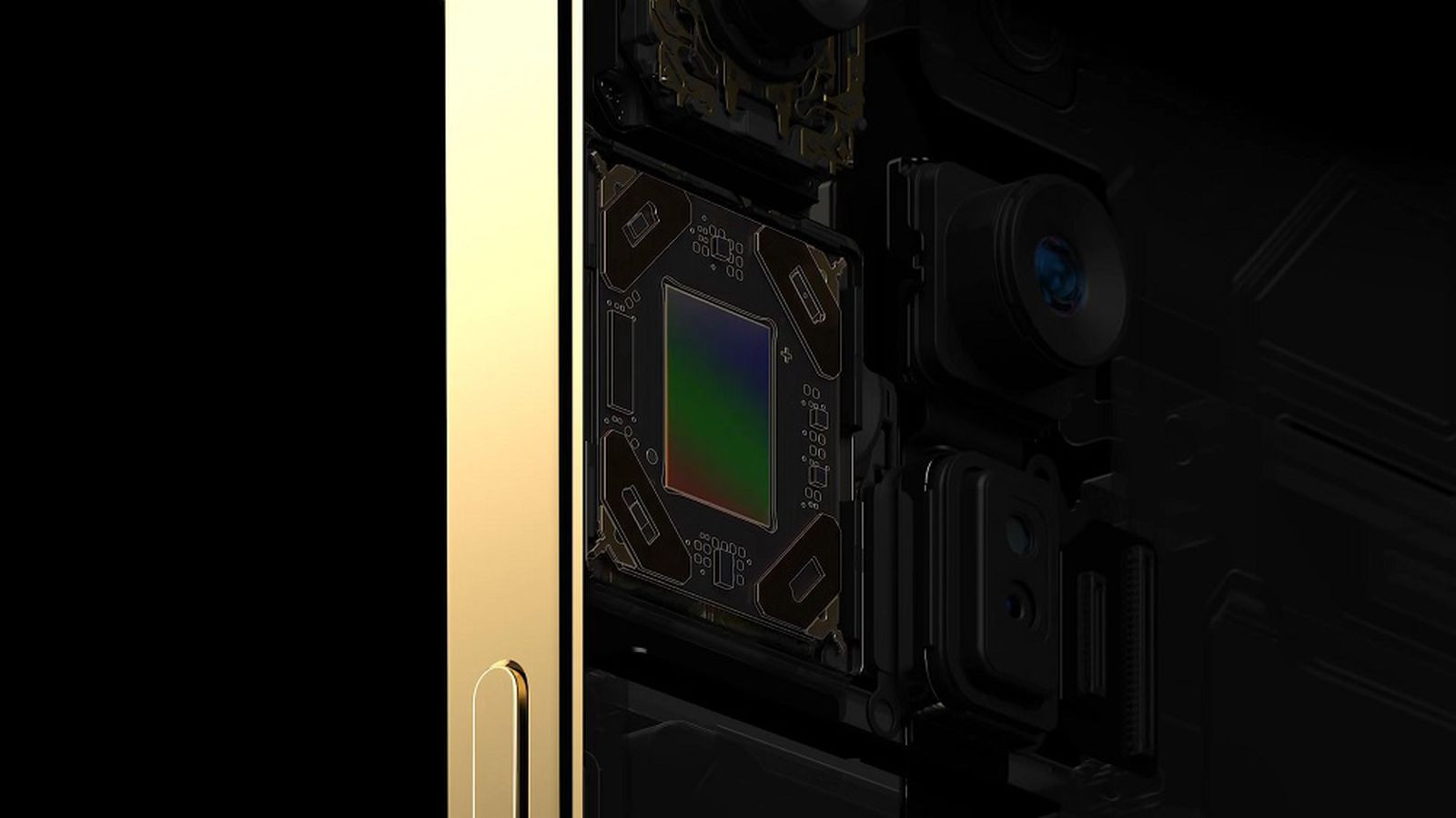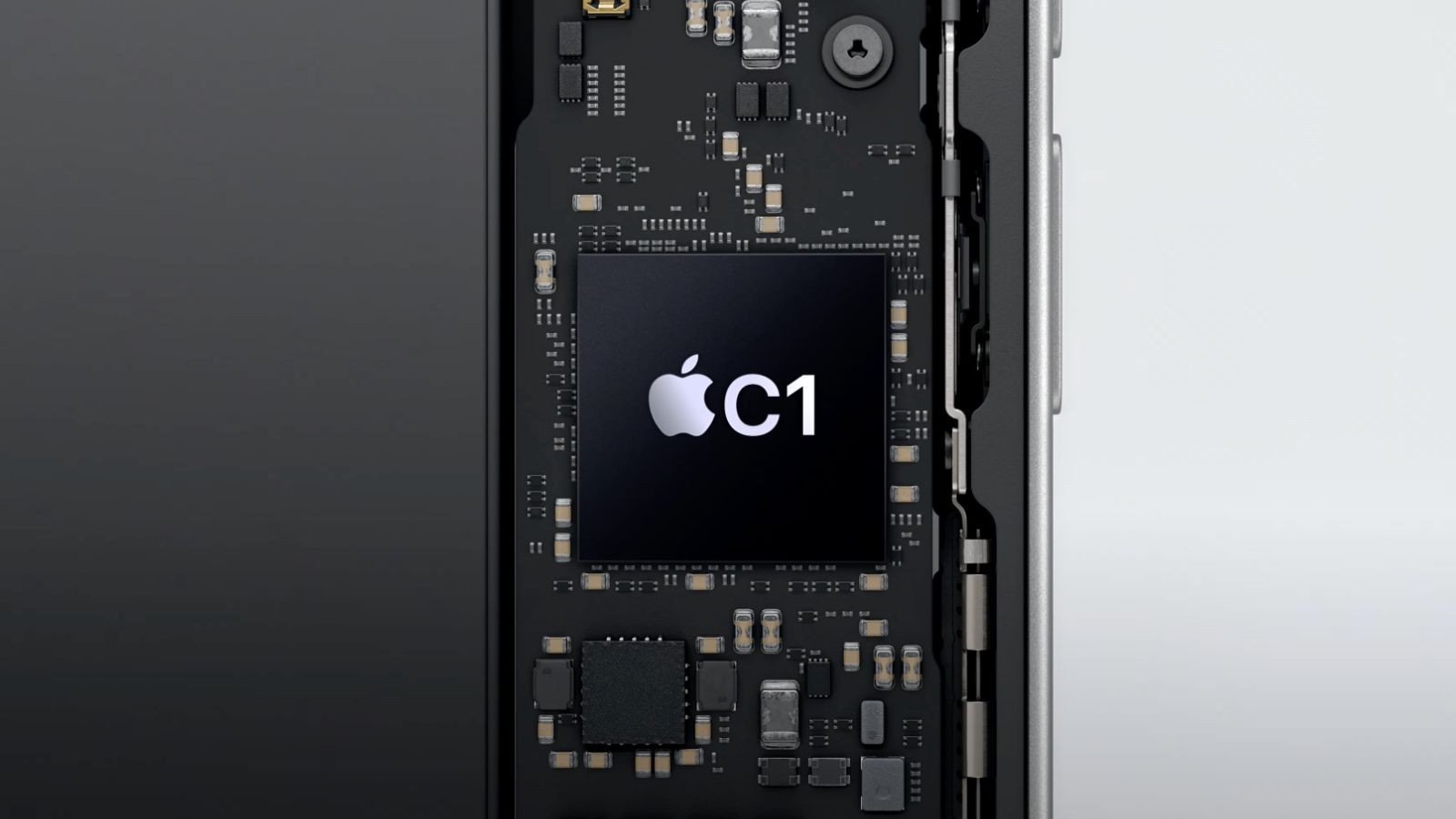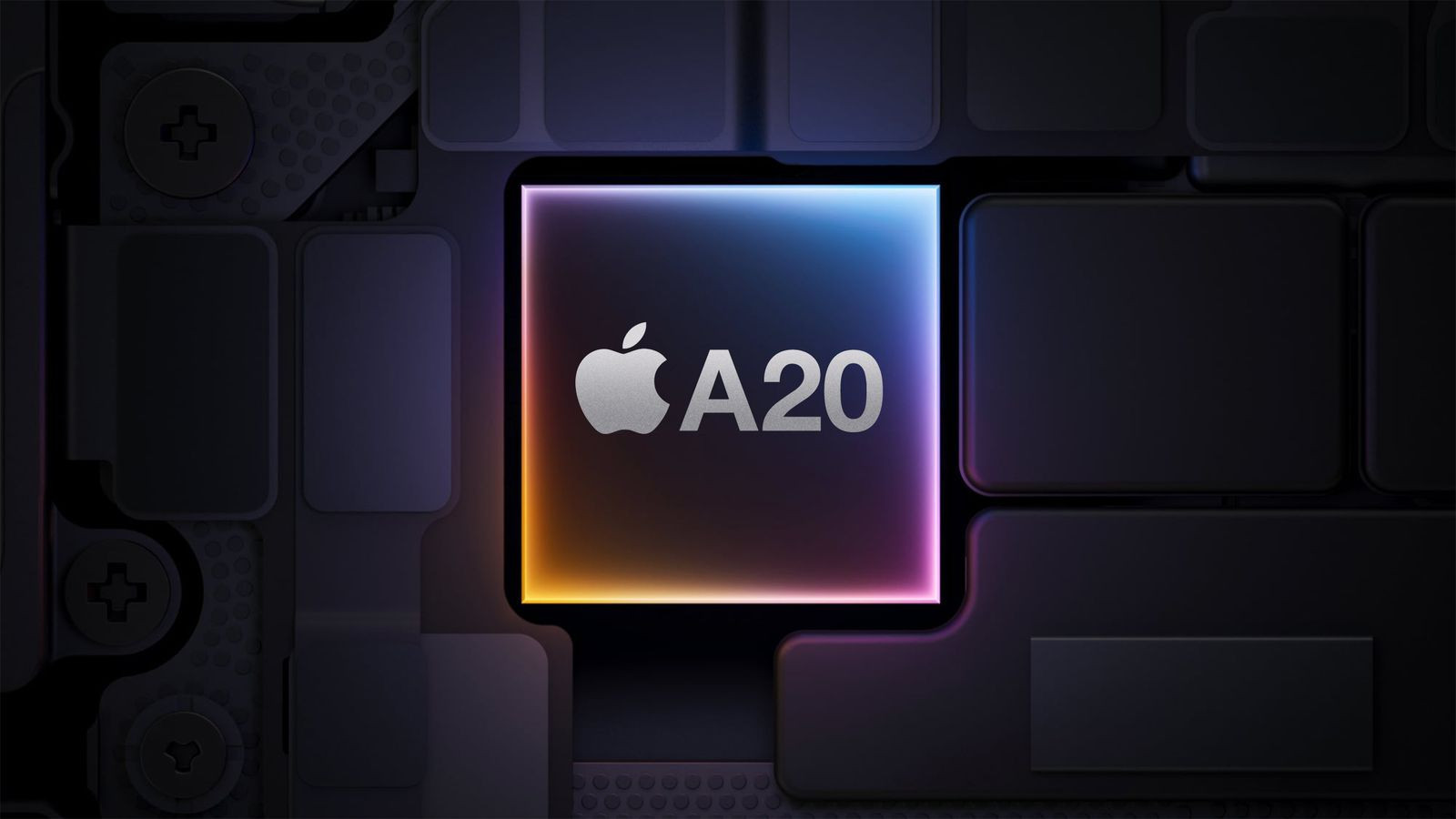A new iPhone model equipped with cutting-edge technology could overshadow the upcoming iPhone 17 Pro and 17 Pro Max.
Although the iPhone 18 Pro series won’t debut for another 18 months, numerous leaks as of May 2025 hint at groundbreaking features expected for the device, signaling an impressive leap in smartphone technology.
Under-display Face ID

iPhone 18 Pro may feature only a small punch-hole on the screen. Photo: Macrumors
In April 2023, display industry analyst Ross Young outlined a roadmap suggesting that the iPhone 17 Pro would feature under-display Face ID. However, by May 2024, he revised his prediction, delaying the technology’s debut to 2026. If accurate, the iPhone 18 Pro and 18 Pro Max would be the first to feature this long-awaited under-display Face ID.
The Information recently backed this claim, citing a source confirming that under-display Face ID is set for the iPhone 18 Pro lineup.
Punch-hole front camera on the top left
With Face ID components hidden beneath the screen, The Information reports that the iPhone 18 Pro models will feature only a small punch-hole cutout on the top-left corner for the front camera.
The signature pill-shaped cutout seen in previous Pro models is expected to be eliminated. However, it remains unclear whether Dynamic Island will be removed entirely.
Variable aperture
According to analyst Ming-Chi Kuo, the 48MP main cameras on both iPhone 18 Pro models will support variable aperture, marking a significant advancement.
Currently, the iPhone 14 Pro, 15 Pro, and 16 Pro feature fixed f/1.78 apertures. With the iPhone 18 Pro, users will reportedly be able to manually adjust the aperture, giving them more control over light intake and depth of field – which enhances background blur and focus control.
Due to the compact size of iPhone image sensors, it remains to be seen how impactful this feature will be in real-world use.
Samsung image sensor
DigiTimes reports that Samsung is developing a new triple-stacked image sensor, which is expected to be used in the iPhone 18 Pro.
This new sensor technology, named PD-TR-Logic, stacks three integrated circuit layers, promising faster image processing, reduced noise, improved dynamic range, and enhanced overall image quality.
So far, Sony has been Apple’s exclusive image sensor supplier. Samsung’s entry into the supply chain marks a significant shift.
Kuo also reported in July 2024 that Samsung will begin supplying 48MP ultra-wide sensors for iPhones starting in 2026 – aligning with the iPhone 18 Pro’s launch.
12GB RAM
Kuo states the iPhone 18 Pro models will be equipped with 12GB of RAM, a boost from the 8GB seen in the iPhone 16 Pro. The iPhone 17 Pro and rumored iPhone 17 Air are also expected to include 12GB of RAM. Additionally, memory bandwidth will be improved for better performance.
Apple’s in-house C2 modem
Apple introduced its first in-house C1 modem in the iPhone 16e, initiating its gradual shift away from Qualcomm. Analyst Jeff Pu reports that the second-generation C2 modem will debut in the iPhone 18 Pro.
The C2 is expected to support mmWave, deliver faster speeds than the C1, and improve power efficiency.
A20 Pro chip with 2nm process
Kuo also notes that the iPhone 18 Pro will feature the A20 Pro chip, produced using TSMC’s 2nm (N2) fabrication process. Although the term "2nm" is mainly a marketing designation and not an exact physical measurement, this advancement signifies increased transistor density for better performance and battery efficiency.
Current chips like the A18 and A18 Pro use second-generation 3nm (N3E) nodes, while the upcoming A19 chips will be built on third-generation 3nm (N3P) nodes. The A20 is rumored to be 15% faster and 30% more power-efficient than the A19.
Overall outlook
The iPhone 18 Pro is poised to be a premium device with a full-screen design, advanced cameras, and optimized AI performance. However, Apple must tackle challenges related to under-display Face ID, high production costs, and competition from foldable phones to ensure success.
Compared to the iPhone 16 and 17, the iPhone 18 Pro will offer more meaningful upgrades. Still, without truly revolutionary features, it might struggle to compel existing users to upgrade. If Apple successfully refines its technology and enhances the user experience, the iPhone 18 Pro could strengthen its dominance in the high-end smartphone segment.
In the near term, Apple is set to launch the iPhone 17 series this September, including the iPhone 17, iPhone 17 Pro, iPhone 17 Pro Max, and an ultra-thin iPhone 17 Air. Most of the innovations will be concentrated in the Pro models.

Under-display Face ID is one of the most anticipated features on iPhones. Photo: Macrumors

Samsung will begin supplying 48MP ultra-wide sensors for iPhones in 2026, says Kuo. Photo: Macrumors

Apple introduced its first in-house modem, the C1, in the iPhone 16e. Photo: Macrumors

The A20 Pro chip for iPhone 18 Pro will be manufactured on TSMC’s 2nm process. Photo: Macrumors